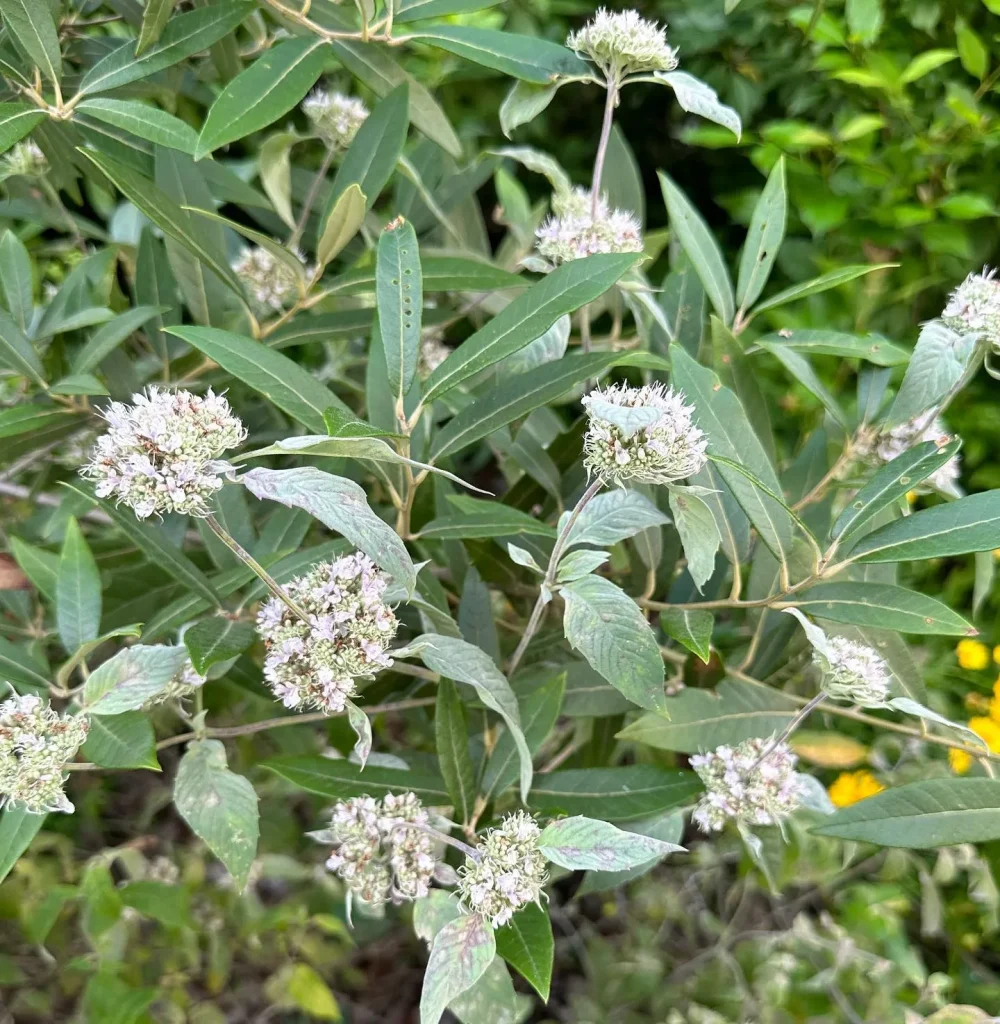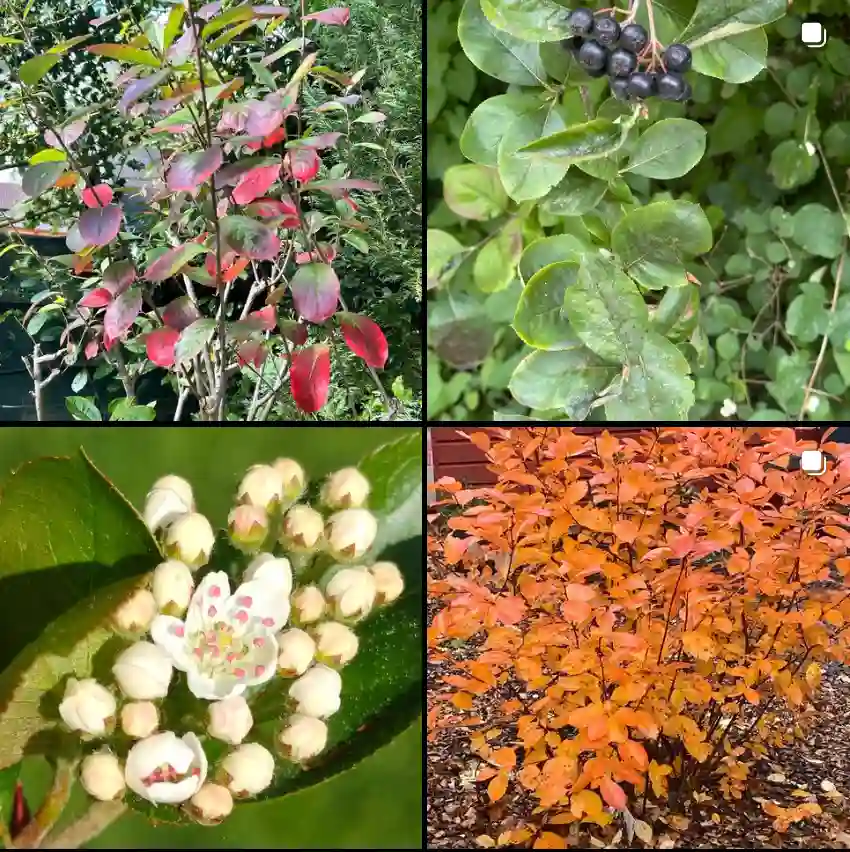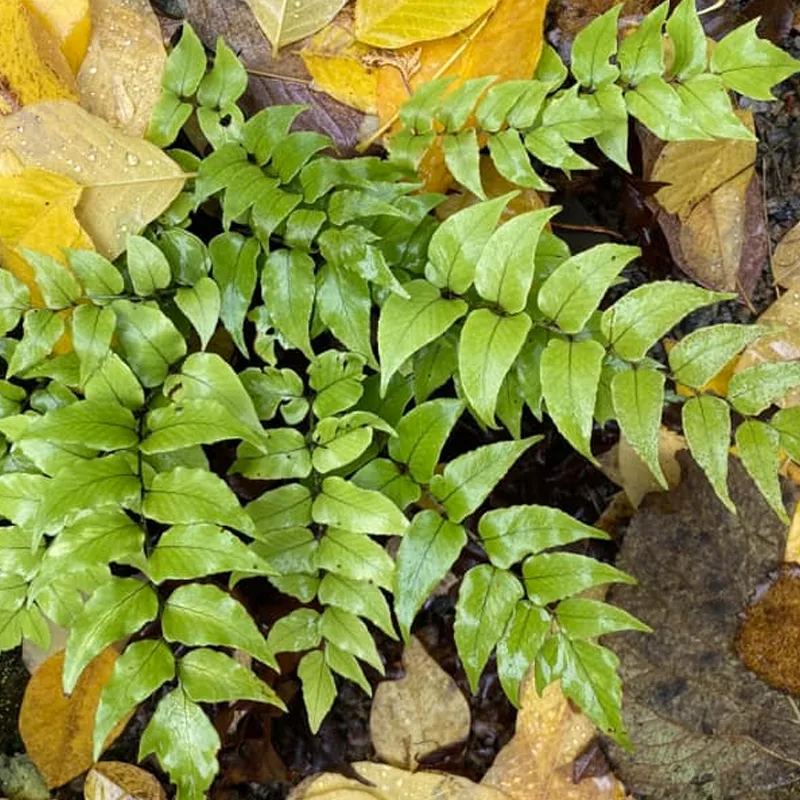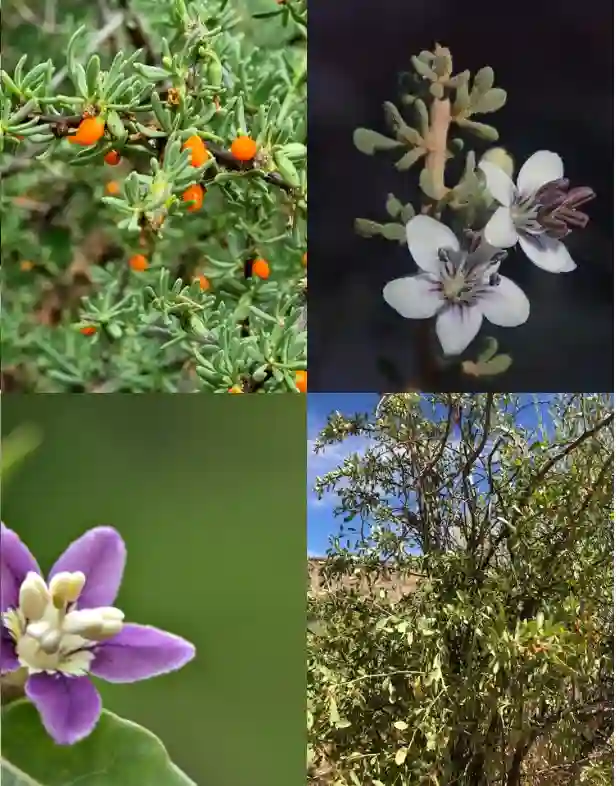Exploring the Amaranthaceae Plant Family: A Personal Insight
The Amaranthaceae family has always fascinated me, with its striking diversity and adaptability. This family of flowering plants includes a broad range of genera that thrive in various habitats, from deserts to wetlands. I’ve personally encountered several species from this family, and each has left an impression on me due to their beauty and resilience. Let me take you through what makes this plant family so special and introduce you to some of the most interesting genera under the Amaranthaceae umbrella.
Overview of the Amaranthaceae Family
Amaranthaceae is a large family that includes over 170 genera and around 2,500 species. These plants are found globally, with many species well-adapted to arid and saline environments. What I find particularly captivating about Amaranthaceae is their ability to thrive where other plants might struggle. Many species in this family are also important in agriculture, horticulture, and even medicine.
I’ve noticed that plants in this family often have distinctive features like simple leaves, small flowers, and interestingly shaped seed heads. The flowers are typically tiny but grouped in striking, dense clusters. They might not always be the showiest blooms, but their unique textures and colors certainly make up for it. In my experience, these plants are often very low maintenance, which makes them a favorite in my garden, especially when looking for something resilient.
Genera
- Achyranthes L.
- Achyropsis (Moq.) Hook.f.
- Acroglochin Schrad.
- Aerva Forssk.
- Agathophora (Fenzl) Bunge
- Agriophyllum M.Bieb. ex C.A.Mey.
- Akhania Sukhor.
- Allenrolfea Kuntze
- Allmania R.Br. ex Wight
- Allmaniopsis Suess.
- Alternanthera Forssk.
- Amaranthus L. – 104 Species in Genus Amaranthus – Amaranth
- Anabasis L.
- Anthochlamys Fenzl ex Endl.
- Aphanisma Nutt. ex Moq.
- Archiatriplex G.L.Chu
- Arthraerua (Kuntze) Schinz
- Arthrocaulon Piirainen & G.Kadereit
- Arthroceras Piirainen & G.Kadereit
- Arthrophytum Schrenk
- Atriplex L. – 256 Species in Genus Atriplex
- Axyris L.
- Baolia H.W.Kung & G.L.Chu
- Bassia All.
- Beta L. – 10 Species in Genus Beta
- Bienertia Bunge ex Boiss.
- Blitum L.
- Bosea L.
- Calicorema Hook.f.
- Camphorosma L.
- Caroxylon Thunb.
- Celosia L.
- Centema Hook.f.
- Centemopsis Schinz
- Centrostachys Wall.
- Ceratocarpus L.
- Chamissoa Kunth
- Charpentiera Gaudich.
- Chenolea Thunb.
- Chenopodiastrum S.Fuentes, Uotila & Borsch
- Chenopodium L. – 154 Species in Genus Chenopodium
- Chionothrix Hook.f.
- Climacoptera Botsch.
- Corispermum L.
- Cornulaca Delile
- Cyathobasis Aellen
- Cyathula Blume
- Dasysphaera Volkens ex Gilg
- Deeringia R.Br.
- Didymanthus Endl.
- Digera Forssk.
- Dissocarpus F.Muell.
- Dysphania R.Br.
- Enchylaena R.Br.
- Eokochia Freitag & G.Kadereit
- Eremophea Paul G.Wilson
- Eriochiton (R.H.Anderson) A.J.Scott
- Eriostylos C.C.Towns.
- Exomis Fenzl ex Moq.
- Extriplex E.H.Zacharias
- Fadenia Aellen & C.C.Towns.
- Froelichia Moench
- Froelichiella R.E.Fr.
- Girgensohnia Bunge ex Fenzl
- Gomphrena L. – 140 Species in Genus Gomphrena
- Grayia Hook. & Arn.
- Grubovia Freitag & G.Kadereit
- Guilleminea Kunth
- Hablitzia M.Bieb.
- Halanthium K.Koch
- Halarchon Bunge
- Halimocnemis C.A.Mey.
- Halocharis Moq.
- Halocnemum M.Bieb.
- Halogeton C.A.Mey. ex Ledeb.
- Halopeplis Bunge ex Ung.-Sternb.
- Halostachys C.A.Mey.
- Halothamnus Jaub. & Spach
- Haloxylon Bunge ex Fenzl
- Hammada Iljin
- Hebanthe Mart.
- Hebanthodes Pedersen
- Hemichroa R.Br.
- Henonia Moq.
- Herbstia Sohmer
- Hermbstaedtia Rchb.
- Heterostachys Ung.-Sternb.
- Holmbergia Hicken
- Horaninovia Fisch. & C.A.Mey.
- Iljinia Korovin ex Iljin
- Indobanalia A.N.Henry & B.Roy
- Iresine P.Browne – 34 Species in Genus Iresine
- Kalidium Moq.
- Kaviria Akhani & Roalson
- Krascheninnikovia Gueldenst.
- Kyphocarpa (Fenzl) Lopr.
- Lagenantha Chiov.
- Lagrezia Moq.
- Lecosia Pedersen
- Leucosphaera Gilg
- Lipandra Moq.
- × Lipastrum Mosyakin
- Lopriorea Schinz
- Maireana Moq.
- Malacocera R.H.Anderson
- Mangleticornia P.W.Ball, G.Kadereit & Cornejo
- Manochlamys Aellen
- Marcelliopsis Schinz
- Mechowia Schinz
- Microcnemum Ung.-Sternb.
- Microgynoecium Hook.f.
- Micromonolepis Ulbr.
- Nanophyton Less.
- Nelsia Schinz
- Neobassia A.J.Scott
- Neocentema Schinz
- Neokochia (Ulbr.) G.L.Chu & S.C.Sand.
- Neomonolepis Sukhor.
- Nitrophila S.Watson
- Noaea Moq.
- Nothosaerva Wight
- Nototrichium Hillebr.
- Nucularia Batt.
- Nyssanthes R.Br.
- Ofaiston Raf.
- Omegandra G.J.Leach & C.C.Towns.
- Oreobliton Durieu & Moq.
- Oreosalsola Akhani
- Osteocarpum F.Muell.
- Ouret Adans.
- Oxybasis Kar. & Kir.
- Pandiaka Benth. & Hook.f.
- Paraerva T.Hammer
- Patellifolia A.J.Scott, Ford-Lloyd & J.T.Williams
- Pedersenia Holub
- Petrosimonia Bunge
- Pfaffia Mart.
- Piptoptera Bunge
- Pleuropetalum Hook.f.
- Pleuropterantha Franch.
- Polycnemum L.
- Polyrhabda C.C.Towns.
- Proatriplex (W.A.Weber) Stutz & G.L.Chu
- Pseudoplantago Suess.
- Psilotrichopsis C.C.Towns.
- Psilotrichum Blume
- Ptilotus R.Br. – 125 Species in Genus Ptilotus – Mulla Mulla
- Pupalia Juss.
- Pyankovia Akhani & Roalson
- Quaternella Pedersen
- Rhaphidophyton Iljin
- Rosifax C.C.Towns.
- Roycea C.A.Gardner
- Salicornia L. – 55 Species in Genus Salicornia
- Salsola L.
- Saltia R.Br. ex Moq.
- Sclerolaena R.Br.
- Sericocoma Fenzl
- Sericocomopsis Schinz
- Sericorema Lopr.
- Sericostachys Gilg & Lopr.
- Sevada Moq.
- Siamosia K.Larsen & T.Myndel Pedersen
- Soda (Dumort.) Fourr.
- Spinacia L.
- Spirobassia Freitag & G.Kadereit
- Stilbanthus Hook.f.
- Stutzia E.H.Zacharias
- Suaeda Forssk. ex J.F.Gmel.
- Suckleya A.Gray
- Surreya R.Masson & G.Kadereit
- Sympegma Bunge
- Tecticornia Hook.f.
- Teloxys Moq.
- Threlkeldia R.Br.
- Tidestromia Standl.
- Traganopsis Maire & Wilczek
- Traganum Delile
- Trichuriella Bennet
- Turania Akhani & Roalson
- Volkensinia Schinz
- Wadithamnus T.Hammer & R.W.Davis
- Xerosiphon Turcz.
- Xylosalsola Tzvelev
The Ecological Role of Amaranthaceae
What I find fascinating about the Amaranthaceae family is not just its aesthetic and practical value but also its ecological role. Many species in this family are pioneer plants, meaning they’re among the first to colonize disturbed or degraded soils. They help stabilize the soil, prevent erosion, and create a more hospitable environment for other plants to follow. I’ve used species like Atriplex in areas where I needed erosion control, and they’ve proven their worth time and time again.
In my experience, plants from this family also attract beneficial insects and pollinators, making them a great addition to any eco-friendly garden. I’ve often spotted bees and butterflies hovering around my Celosia and Gomphrena plants.
Amaranthaceae in Agriculture and Horticulture
The Amaranthaceae family has also made a significant impact on agriculture. Many of its species, like amaranth and quinoa, are valued for their high nutritional content. These plants are particularly rich in protein, which makes them a valuable crop in regions where protein sources are limited. I’ve incorporated amaranth into my diet, appreciating its versatility as a grain alternative.
In horticulture, Amaranthaceae species like Celosia, Gomphrena, and Alternanthera have become staples for gardeners looking for resilient, eye-catching plants. Their ease of care, combined with their vibrant colors, makes them a popular choice for both beginner and experienced gardeners alike.
Conclusion
The Amaranthaceae family is one of the most versatile and valuable plant families I’ve worked with. Whether you’re looking to grow something visually striking or practical, there’s a genus in this family that fits the bill. From the nutritious seeds of Amaranthus to the vibrant blooms of Celosia, Amaranthaceae offers something for everyone. Through my experience, I’ve learned to appreciate not just their beauty, but their resilience and ecological importance as well.
If you’re new to this family, I highly recommend experimenting with some of its genera in your garden. You’ll not only enjoy their unique beauty but also gain an appreciation for how adaptable and beneficial they can be.
If i die, water my plants!



